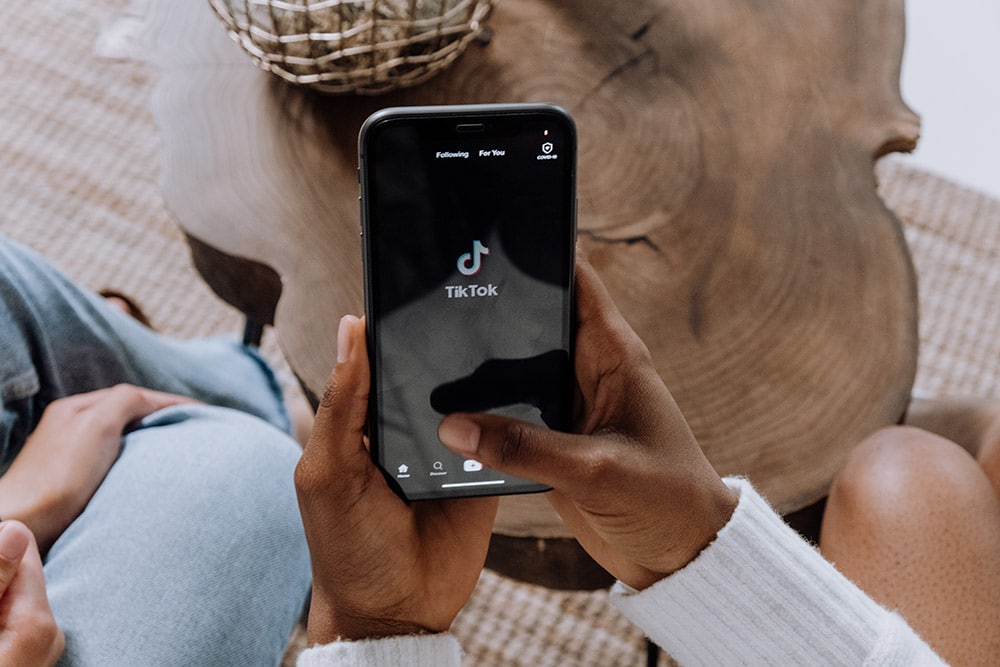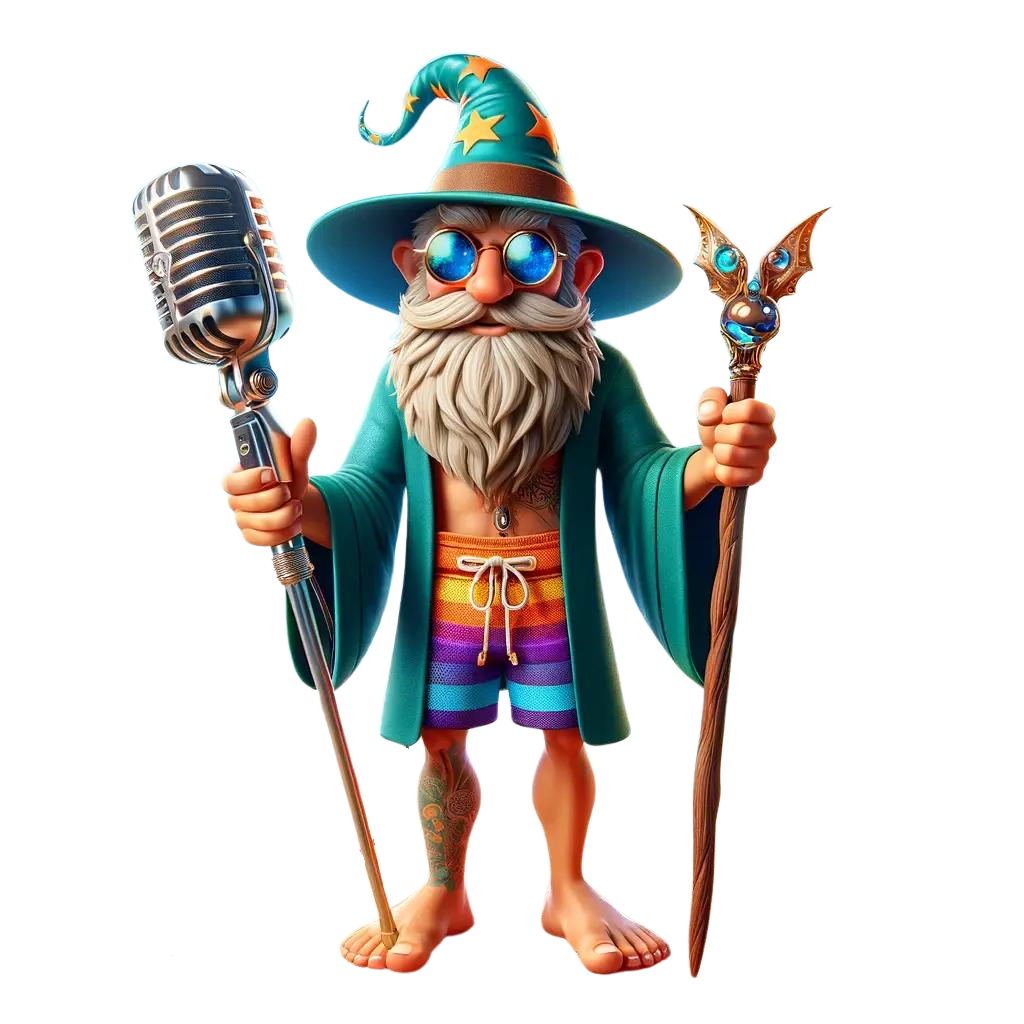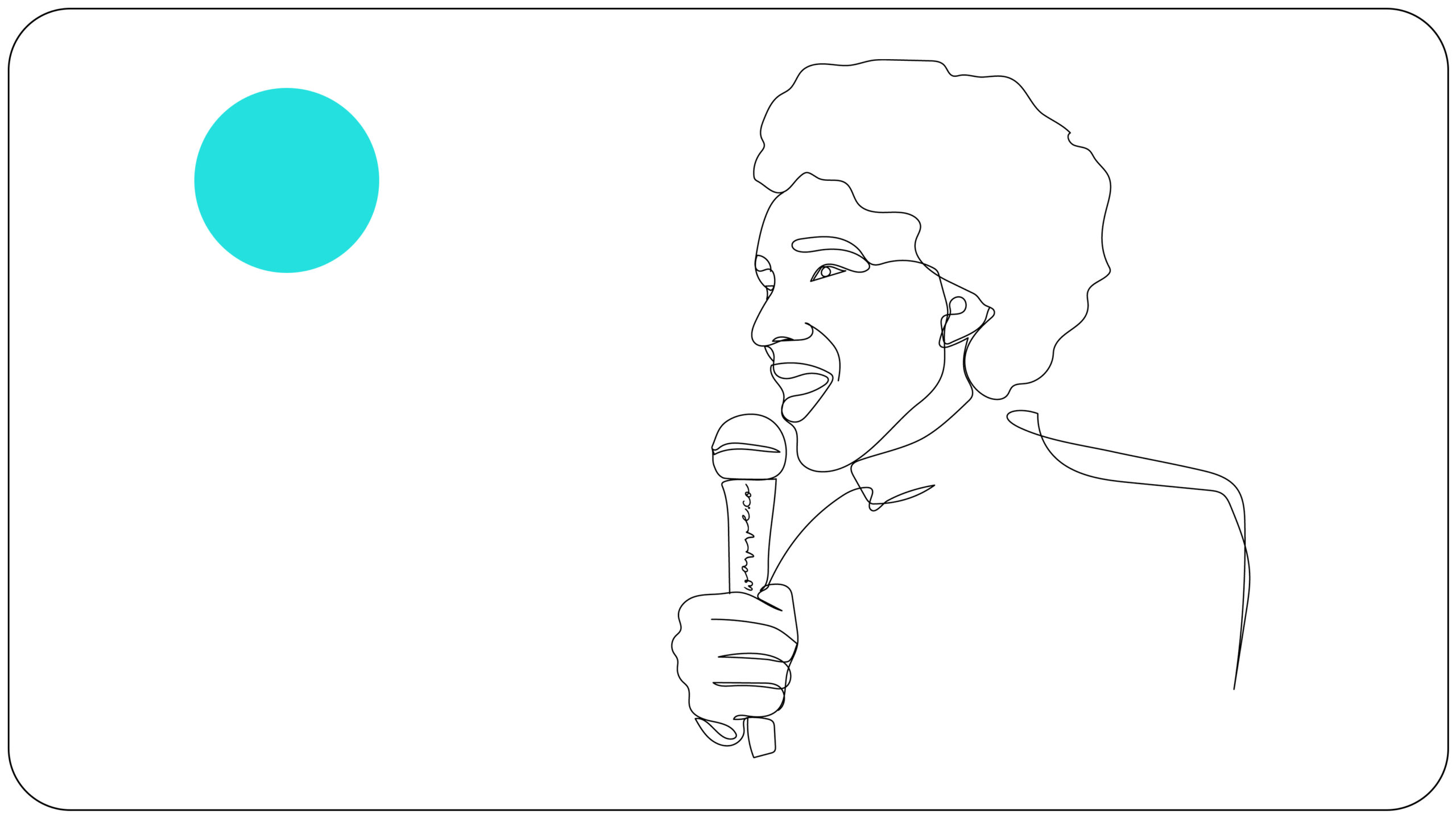TikTok has given rise to viral sounds, a unique element of viral video. And a unique marketing opportunity.
Creating viral online videos has been a goal for marketing teams for almost 20 years now.
At the moment, many teams are focused on creating content for social media platforms that prioritize audiovisual media. Chief among these platforms is TikTok.
This isn’t just a result of its 150 million users in the U.S. alone. Its model also encourages creative interactions between users, making it a thriving community.
It’s no wonder, then, that many brands are focusing their efforts on TikTok. Yet, going viral on this platform is subject to certain nuances.
Marketers need to make certain to optimize a variety of elements to trigger engagement with audiences. Sound is one of these key elements to drive virality.

Understanding Viral Sounds
Placing ads on TikTok can expose brands to a large number of consumers. The platform significantly drives engagement, too.
Though it has rivals in marketing, such as Instagram Reels, TikTok has a reputation for virality. Since the platform requires videos to be uploaded organically — as opposed to filming on a different platform and uploading from there — trends tend to emerge on TikTok and remain there.
It’s important to recognize, though, that the potential for viral content isn’t limited to the visual aspects alone.
It’s increasingly recognized that sound is a vital part of what influences a video on TikTok to go viral.
One 2020 study by Nielson found that 88% of TikTok users considered sound to be essential to videos. In the same way that dances and unboxing can be viral components, music and sound encourage sharing.
With duetting features — which allow users to utilize content to collaborate on new posts— sounds can encourage an extra element of shareability. This provides marketers with extra tools to enhance their social media campaigns.
Sound can be considered another data point, alongside the content subject, formats, and hashtags, that can be used to optimize posts to expand engagement.
It’s important to remember, though, that a potentially viral sound can take a range of forms. Beyond music, sound effects and narration are impactful, too. Each has the potential to trigger audience behavior and influence the virality of a video.

Identifying Viral Sounds
Marketing teams capitalize on sounds that already demonstrate viral reach. Some of these audio components can have longevity — with some song clips and narrations being popular for months.
Use these viral sounds to direct the design of the video content to capitalize on a trend. Though, it’s important to do this authentically, rather than simply piggybacking on popular culture in ways that can seem insincere or incongruous with the brand.
The simplest way to identify viral sounds is to use the search function on TikTok.
Marketers should enter a keyword related to viral sounds or a topic relevant to the campaign, then select the “sounds” tab after the results have loaded. TikTok will provide a list of the trending sounds — not just music but also sound effects — and how often they’ve been used in other users’ videos.
Don’t just pay attention to the number of times sounds have been used, though. Context is also important. Many videos go viral not just for the inclusion of a piece of audio, but for using it in creative, funny, or poignant ways that connect their visuals to the sound.
A marketing team’s efforts to identify viral sounds can be more valuable than simply using these assets in a brand’s videos. The search can also help to highlight musicians and influencers that have been repeatedly successful in creating viral sounds. In effect, marketing teams can identify potential campaign collaborators.

Creating Viral Sounds
In some instances, simply relying on current viral sounds may not be the best option.
Creating new sounds can be an important asset in maintaining consistent branding for videos. Brands that use this method typically start the popularity of a trend rather than jumping on the bandwagon later.
It also means that the brand becomes linked to the sounds if they start trending, particularly if the marketing team includes the brand name in the audio file’s title and metadata.
In effect, every TikTok post that includes the sound will also feature the brand name.
Nevertheless, no one truly knows which sound will become popular next. When creating sounds, it’s worth exploring some or all of the following:
- Narration that works in multiple contexts
- Song fragments that synchronize with the beats of physical activity (e.g., that could support certain dance moves, sports actions, or visually comedic behavior)
- Alternative parody lyrics to music that’s already viral on TikTok
It’s also important to consider that artificial intelligence (AI) can play a role in creating low-cost marketing content.
Some platforms can help marketing teams in the ideation process concerning potential viral sound for their videos. These are driven by data on popular social media posts and industry trends.
Though, human musicians, composers, and sound designers refine the audio best to create something audiences can engage with on a human level.
Conclusion
Sound is a vital part of any video and can help content go viral on TikTok.
Audiences increasingly connect with music, sound effects, and narration.
Marketers need to take the time to identify the trends in sound both to use trending audio in their own campaigns and to make choices about sounds they make from scratch.
Be mindful about creating audio that works in the context of viral marketing, alongside using tools like AI to bolster the ideation process with data.
With some planning and research, marketers can find the audio elements of videos that can push reach and engagement further than their untested audio alone.


